For Professionals, By Professionals

Discover ProX PC for best custom-built PCs, powerful workstations, and GPU servers in India. Perfect for creators, professionals, and businesses. Shop now!
SERVICES
WE ACCEPT









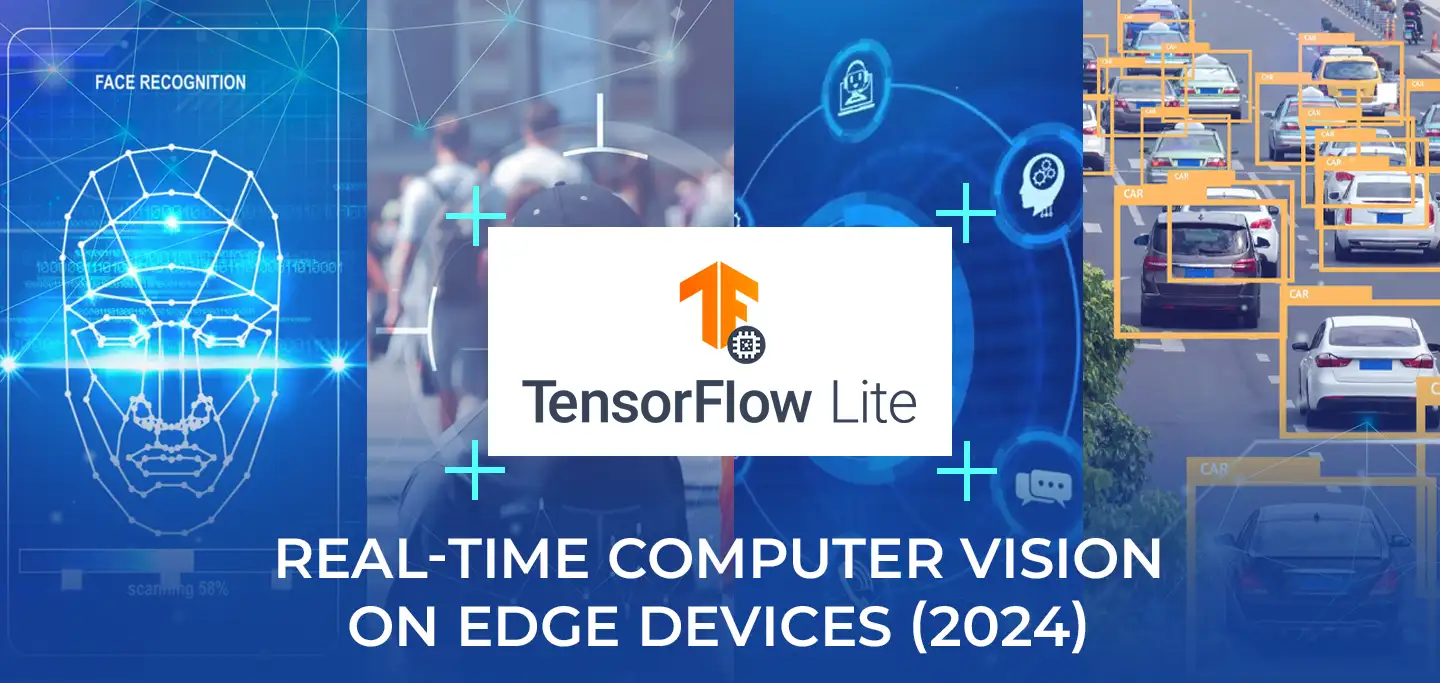
Contents
TensorFlow Lite (TFLite) is a collection of tools to convert and optimize TensorFlow models to run on mobile and edge devices. Google developed TensorFlow for internal use, but later chose to open-source it. Today, TFLite is running on more than 4 billion devices!
As an Edge AI implementation, TensorFlow Lite greatly reduces the barriers to introducing large-scale computer vision with on-device machine learning, making it possible to run machine learning everywhere.
The deployment of high-performing deep learning models on embedded devices to solve real-world problems is a struggle using today’s AI technology. Privacy, data limitations, network connection issues, and the need for optimized models that are more resource-efficient are some of the key challenges of many applications on the edge to make real-time deep learning scalable.
In the following, we will discuss:
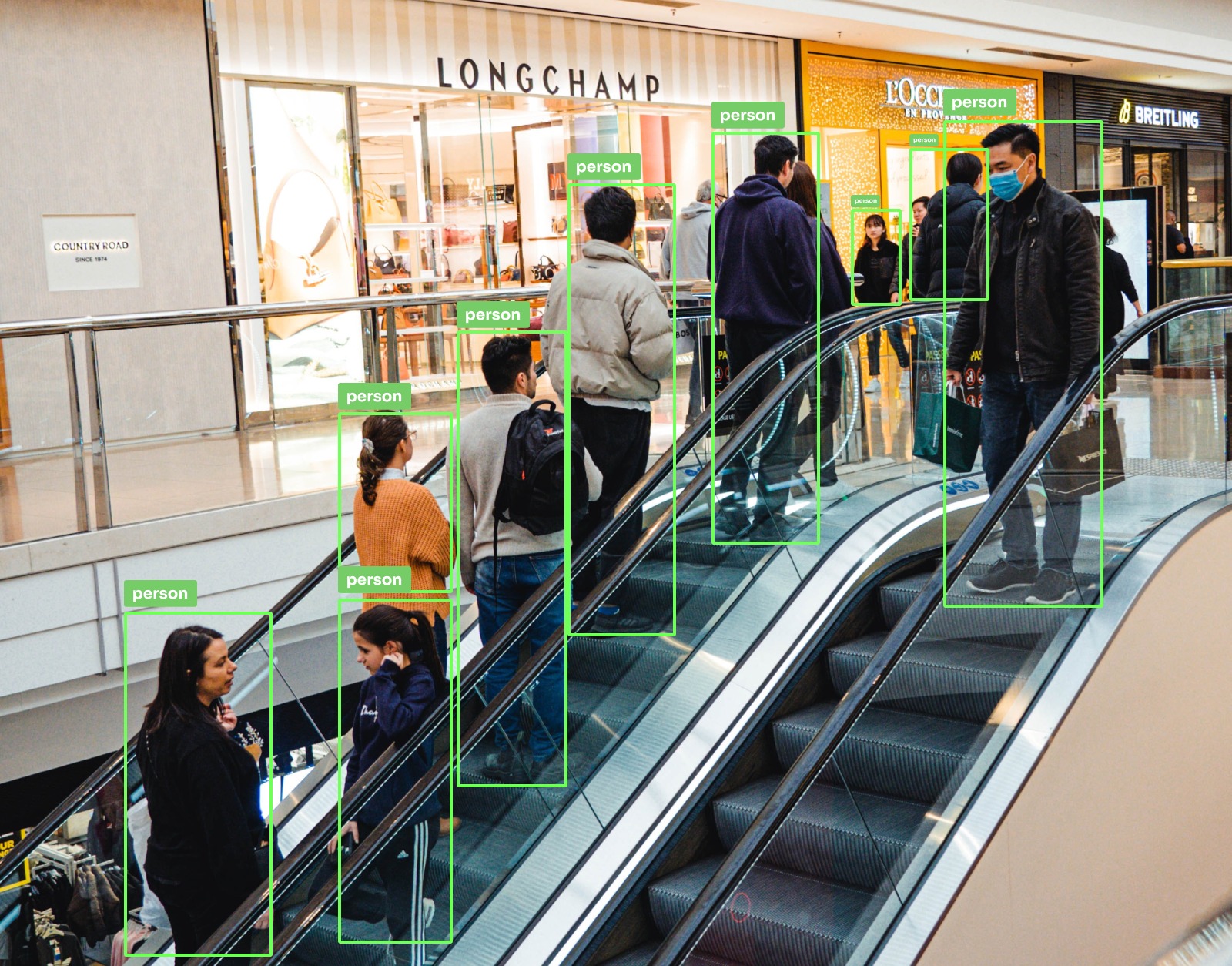
Deep learning with TensorFlow Lite for person detection and tracking with image recognition. A people counting application built on ProX PC.
About us: At ProX PC, we power the most comprehensive computer vision platform. The enterprise solution is used by teams to build, deploy, and scale custom computer vision systems dramatically faster, in a build-once, deploy-anywhere approach. We support TensorFlow for computer vision along with PyTorch and many other frameworks.
What is Tensorflow Lite?
TensorFlow Lite is an open-source deep learning framework designed for on-device inference (Edge Computing). TensorFlow Lite provides a set of tools that enables on-device machine learning by allowing developers to run their trained models on mobile, embedded, and IoT devices and computers. It supports platforms such as embedded Linux, Android, iOS, and MCU.
TensorFlow Lite is specially optimized for on-device machine learning (Edge ML). As an Edge ML model, it is suitable for deployment to resource-constrained edge devices. Edge intelligence, the ability to move deep learning tasks (object detection, image recognition, etc.) from the cloud to the data source, is necessary to scale computer vision in real-world use cases.
What is TensorFlow?
TensorFlow is an open-source software library for AI and machine learning with deep neural networks. TensorFlow for computer vision was developed by Google Brain for internal use at Google and open-sourced in 2015. Today, it is used for both research and production at Google.

Computer vision in construction for safety and warning detection
What is Edge Machine Learning?
Edge Machine Learning (Edge ML), or on-device machine learning, is essential to overcome the limitations of pure cloud-based solutions. The key benefits of Edge AI are real-time latency (no data offloading), privacy, robustness, connectivity, smaller model size, and efficiency (costs of computation and energy, watt/FPS).
To learn more about how Edge AI combines Cloud with Edge Computing for local machine learning, I recommend reading our article Edge AI – Driving Next-Gen AI Applications.
Computer Vision on Edge Devices
Among other tasks, especially object detection is of great importance to most computer vision applications. Existing approaches of object detection implementations can hardly run on resource-constrained edge devices. To mitigate this dilemma, Edge ML-optimized models and lightweight variants that achieve accurate real-time object detection on edge devices have been developed.
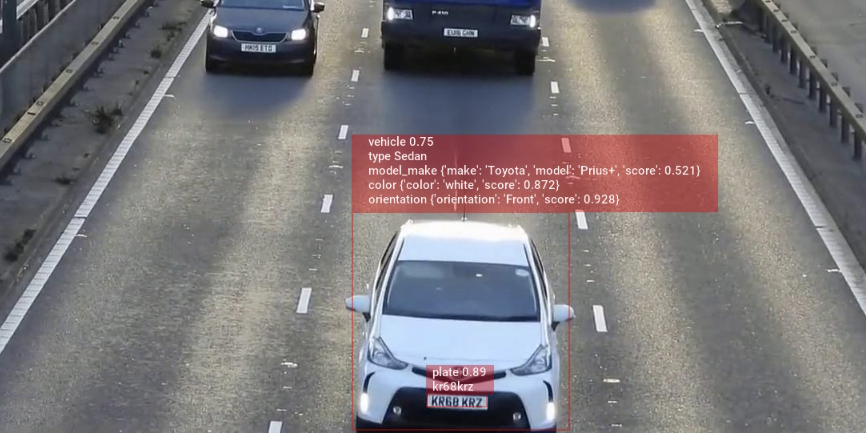
Optimized TFLite Models allow running real-time computer vision on edge devices – built with ProX PC
What is the difference between Tensorflow Lite and Tensorflow?
TensorFlow Lite is a lighter version of the original TensorFlow (TF). TF Lite is specifically designed for mobile computing platforms and embedded devices, edge computers, video game consoles, and digital cameras. TensorFlow Lite is supposed to provide the ability to perform predictions on an already trained model (Inference tasks).
TensorFlow, on the other hand, can help build and train the ML model. In other words, TensorFlow is meant for training models, while TensorFlow Lite is more useful for inference and edge devices. TensorFlow Lite also optimizes the trained model using quantization techniques (discussed later in this article), which consequently reduces the necessary memory usage as well as the computational cost of utilizing neural networks.
TensorFlow Lite Advantages
Machine learning model-dependent tasks can be executed in areas far from wireless infrastructure. The offline inference capabilities of Edge ML are an integral part of most mission-critical computer vision applications that should still be able to run with temporary loss of internet connection (in autonomous driving, animal monitoring or security systems, and more).
Selecting the best TF Lite Model
Here is how to select suitable models for TensorFlow Lite deployment. For common applications like image classification or object detection, you might face choices among several TensorFlow Lite models varying in size, data input requirements, inference speed, and accuracy.
To make an informed decision, prioritize your primary constraint: model size, data size, inference speed, or accuracy. Generally, opt for the smallest model to ensure wider device compatibility and quicker inference times.
Pre-trained Models for TensorFlow Lite
Utilize pre-trained, open-source TensorFlow Lite models to quickly integrate machine learning capabilities into real-time mobile and edge device applications.
There is a wide list of supported TF Lite example apps with pre-trained models for various tasks:

TF Lite Application with Image Segmentation for Pothole Detection

TensorFlow Lite Application for Computer Vision in Pose Estimation
How to Use TensorFlow Lite
As discussed in the previous paragraph, TensorFlow model frameworks can be compressed and deployed to an edge device or embedded application using TF Lite. There are two main steps to using TFLite: generating the TensorFlow Lite model and running inference. The official development workflow documentation can be found here. I will explain the key steps of using TensorFlow Lite in the following.
Data Curation for Generating a TensorFlow Lite Model
Tensorflow Lite models are represented with the .tflite file extension, which is an extension specifically for special efficient portable formats called FlatBuffers. FlatBuffers is an efficient cross-platform serialization library for various programming languages and allows access to serialized data without parsing or unpacking. This methodology allows for a few key advantages over the TensorFlow protocol buffer model format.
Ways to Generate Tensorflow Lite Model
There are a few popularized ways to generate a Tensorflow Lite model, which we will cover in the following section.
How to use an Existing Tensorflow Lite Model
There are a plethora of available models that have been pre-made by TensorFlow for performing specific tasks. Typical machine learning methods like segmentation, pose estimation, object detection, reinforcement learning, and natural language question-answering are available for public use on the Tensorflow Lite example apps website.
How to Create a Tensorflow Lite Model
You can also create your own TensorFlow Lite model that serves a purpose offered by the app, using unique data. TensorFlow provides a model maker (TensorFlow Lite Model Maker). The Model Maker support library aids in tasks such as image classification, object detection, text classification, BERT question answer, audio classification, and recommendation (items are recommended using context information).
With the TensorFlow Model Maker, the process of training a TensorFlow Lite model using a custom dataset is straightforward. The feature takes advantage of transfer learning to reduce the amount of training data required as well as decrease overall training time. The model maker library allows users to efficiently train a Tensorflow Lite model with their own uploaded datasets.
Here is an example of training an image classification model with less than 10 lines of code (this is included in the TF Lite documentation but put here for convenience). This can be carried out once all necessary Model Maker packages are installed:
from tflite_model_maker import image_classifier
from tflite_model_maker.image_classifier import DataLoader
# Load input data specific to an on-device ML application.
data = DataLoader.from_folder('flower_photos/')
train_data, test_data = data.split(0.9)
#Customize the TensorFlow model.
model = image_classifier.create(train_data)
# Evaluate the model.
loss, accuracy = model.evaluate(test_data)
#Export to Tensorflow Lite model and label file in 'export_dir".
model.export(export_dir='/tmp/")
In this example, the user would have their dataset called "flower photos" and use that to train the TensorFlow Lite model using the image classifier pre-made task.
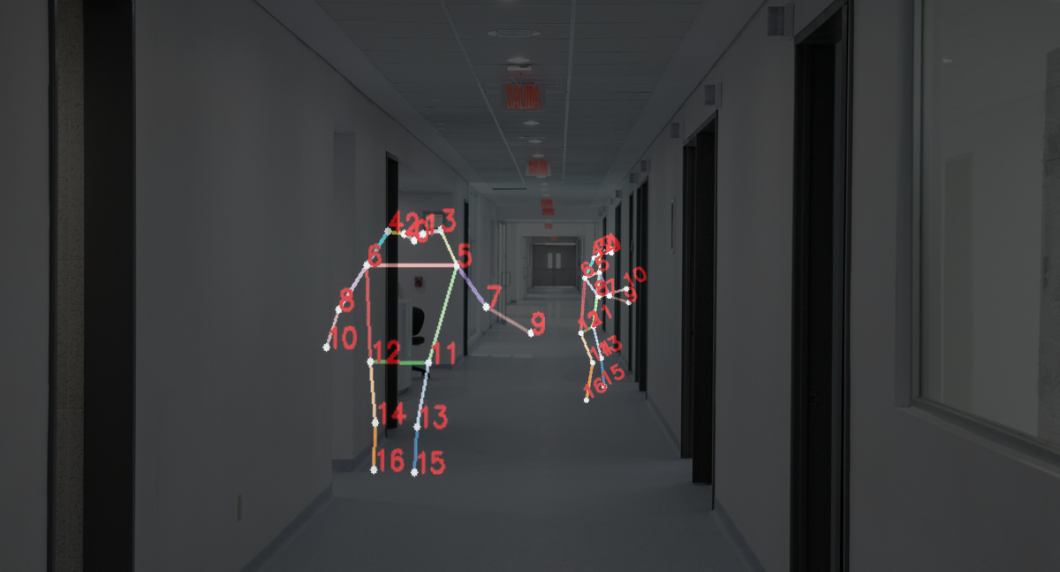
Privacy-preserving Computer Vision in Hospitals With TensorFlow Lite
Convert a TensorFlow Model into a TensorFlow Lite Model
You can create a model in TensorFlow and then convert it into a TensorFlow Lite model using the TensorFlow Lite Converter. The TensorFlow Lite converter applies optimizations and quantization to decrease model size and latency, leaving little to no loss in detection or model accuracy.
The TensorFlow Lite converter generates an optimized FlatBuffer format identified by the .tflite file extension using the initial Tensorflow model. The landing page of TensorFlow Lite Converter contains a Python API to convert the model.
The Fastest Way to Use TensorFlow Lite
To not develop everything around the Edge ML model from scratch, you can use a computer vision platform. ProX PC provice end-to-end solution using TensorFlow Lite to build, deploy, and scale real-world applications.
The ProX PC Platform is optimized for Edge Computer Vision and provides full-edge device management, an application builder, and fully integrated deployment tools. The enterprise-grade solution helps to move faster from prototype to production, without the need to integrate and update separate computer vision tools manually. You can find an overview of the features here.
Learn more about ProX PC here.

TensorFlow Lite application for the restaurant industry
What’s Next With TensorFlow Lite
Overall, lightweight AI model versions of popular machine learning libraries will greatly facilitate the implementation of scalable computer vision solutions by moving image recognition capabilities from the cloud to edge devices connected to cameras. By leveraging TensorFlow Lite (TFLite), it can help stay organized with collections save, and categorize content based on your preferences. TFLite’s streamlined deployment capabilities empower developers to categorize and deploy models across a wide range of devices and platforms, ensuring optimal performance and user experience.
For more info visit www.proxpc.com
Related Products

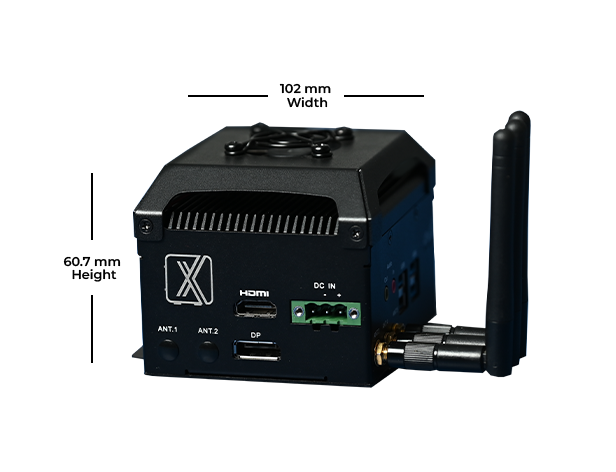
Share this: